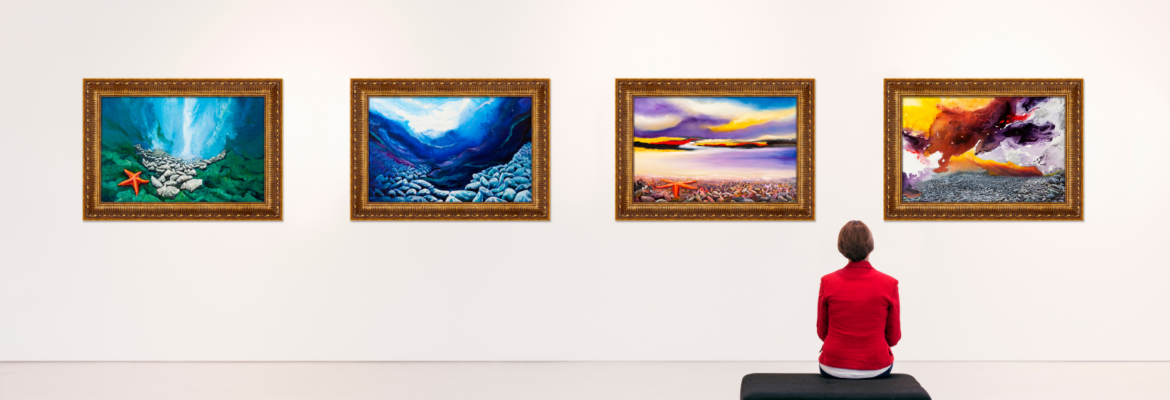This article comes to us from Americans for the Arts.
10 Reasons to Support the Arts in Oregon in 2023
The arts are fundamental to our humanity. They ennoble and inspire us—fostering creativity, empathy, and beauty. The arts also strengthen our communities socially, educationally, and economically—benefits that persist even during a pandemic that has been devastating to the arts. The following 10 reasons show why an investment in artists, creative workers, and arts organizations is vital to the nation’s post-pandemic healing and recovery.
- Arts unify communities. 72% of Americans believe “the arts unify our communities regardless of age, race, and ethnicity” and 73% agree that the arts “helps me understand other cultures better”—a perspective observed across all demographic and economic categories.
- Arts improve individual well-being. 81% of the population says the arts are a “positive experience in a troubled world,” 69% of the population believe the arts “lift me up beyond everyday experiences,” and 73% feel the arts give them “pure pleasure to experience and participate in.”
- Arts strengthen the economy. The nation’s arts and culture sector—nonprofit, commercial, education—is a $1.02 trillion industry that supports 4.9 million jobs (2021). That is 4.4% of the nation’s economy. In Oregon, arts and culture is a $9.3 billion industry—3.4% of the state economy—and supports 62,725 jobs (bigger than powerhouse sectors such as transportation, utilities, and agriculture). The arts accelerate economic recovery: a growth in arts employment has a positive and causal effect on overall employment. (U.S. Bureau of Economic Analysis). Oregon’s nonprofit arts industry alone generates $687 million in economic activity annually (2017)—spending by organizations and their audiences—which supports 22,299 jobs and generates $53 million in local and state government revenue.
- Arts drive tourism and revenue to local businesses. Attendees at Oregon’s nonprofit arts and culture events spend an average of $42.59 per person, per event, beyond the cost of admission on items such as meals, parking, and lodging—vital income for local businesses. 9% of attendees live outside of the state; they average $111.36 in event-related spending.
- Arts improve academic performance. Students engaged in arts learning have higher GPAs, standardized test scores, and college-going rates as well as lower drop-out rates. These academic benefits are reaped by students across all socio-economic strata. Yet the Department of Education reports that access to arts education for students of color is significantly lower than for their white peers. 91% of Americans believe that arts are part of a well-rounded K-12 education.
- Arts spark creativity and innovation. Creativity is among the top five applied skills sought by business leaders—per the Conference Board’s Ready to Innovate report—with 72% saying creativity is of “high importance” when hiring. Research on creativity shows that Nobel laureates in the sciences are 17 times more likely to be actively engaged as an arts maker than other scientists.
- Arts have social impact. University of Pennsylvania researchers have demonstrated that a high concentration of the arts in a city leads to higher civic engagement, more social cohesion, higher child welfare, and lower poverty rates.
- Arts improve healthcare. Nearly one-half of the nation’s healthcare institutions provide arts programming for patients, families, and even staff. 78% deliver these programs because of their healing benefits to patients—shorter hospital stays, better pain management, and less medication.
- Arts for the health and well-being of our military. The arts heal the mental, physical, and moral injuries of war for military servicemembers and Veterans, who rank the creative arts therapies in the top four (out of 40) interventions and treatments. Across the military continuum, the arts promote resilience during pre-deployment, deployment, and the reintegration of military servicemembers, Veterans, their families, and caregivers into communities.
- Arts strengthen mental health. The arts are an effective resource in reducing depression and anxiety and increasing life satisfaction. Just 30 minutes of active arts activities daily can combat the ill effects of isolation and loneliness associated with COVID-19.

